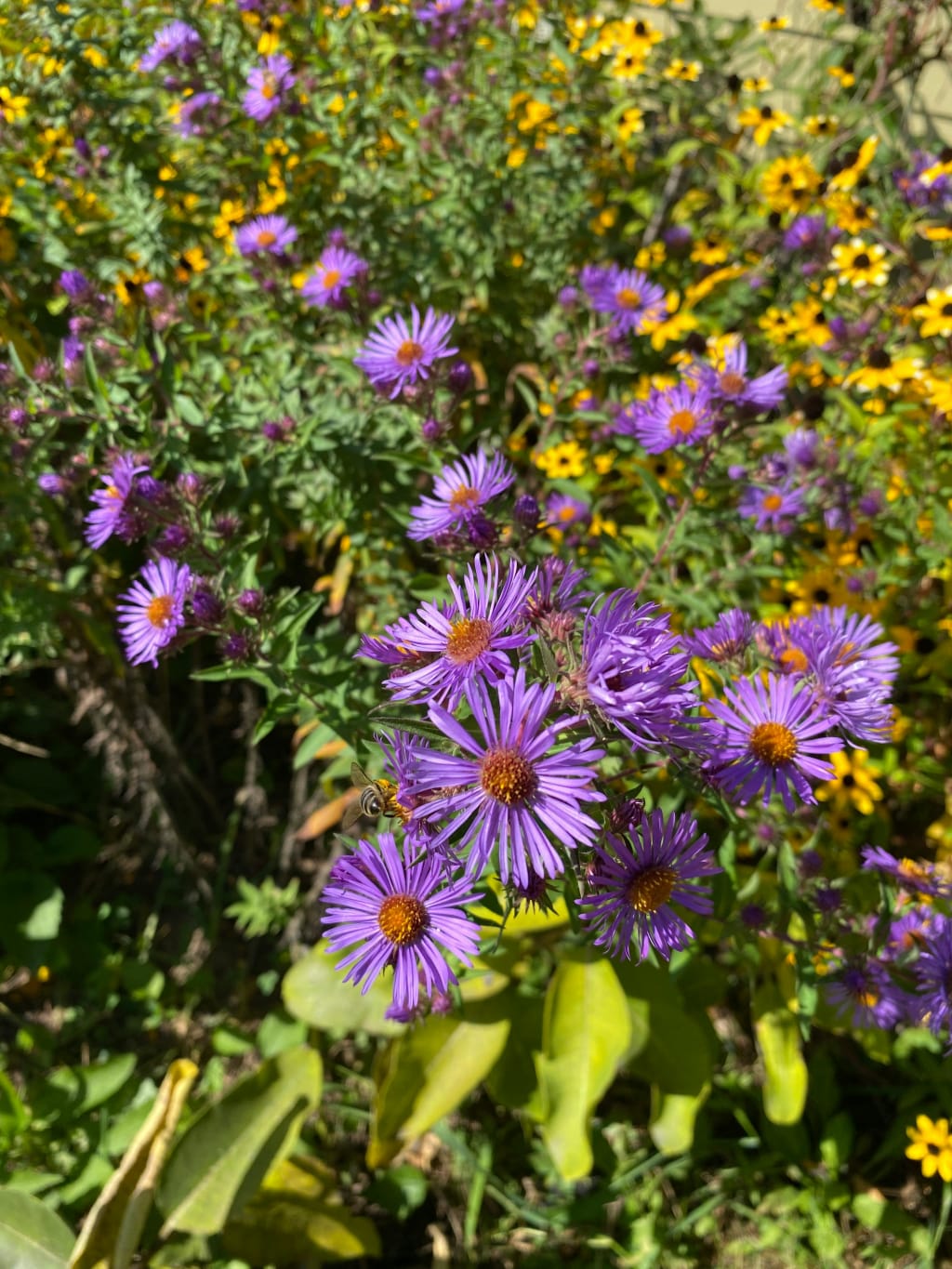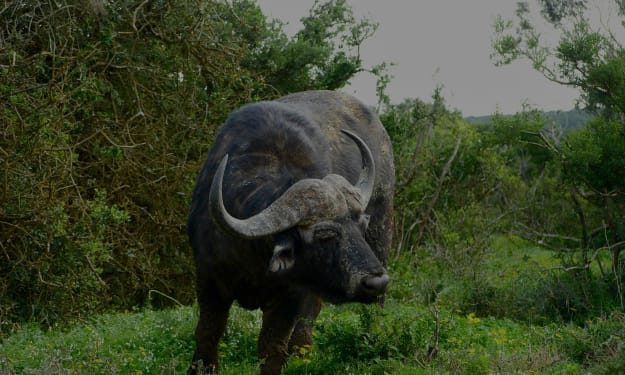Plants in New England
A Tapestry of Diversity and Resilience

New England, a region encompassing six states in the northeastern United States—Connecticut, Maine, Massachusetts, New Hampshire, Rhode Island, and Vermont—is renowned for its rich botanical diversity and the remarkable adaptability of its plant life. The region's varied climate, distinct seasons, and diverse landscapes ranging from coastal areas to mountainous regions create a mosaic of habitats that support a wide array of plant species.
Ecological Diversity and Habitats
New England's ecological diversity is a testament to its varied geography. Coastal areas, forests, wetlands, mountains, and meadows each offer unique conditions that support specialized plant communities.
1. Coastal Areas: The coastal regions, particularly in Maine and Massachusetts, host salt-tolerant plants like beach grass (Ammophila breviligulata), seaside goldenrod (Solidago sempervirens), and beach plum (Prunus maritima). These plants have adapted to sandy soils and saline conditions, playing crucial roles in stabilizing dunes and preventing erosion.
2. Forests: New England's forests are predominantly composed of deciduous and mixed forests. The region is home to the iconic sugar maple (Acer saccharum), whose vibrant autumn foliage is a hallmark of New England's fall season. Other significant tree species include the white pine (Pinus strobus), eastern hemlock (Tsuga canadensis), and various oaks (Quercus spp.).
3. Wetlands: Wetlands, including swamps, bogs, and marshes, are abundant in New England and host a variety of plant species adapted to saturated soils. The common cattail (Typha latifolia), red maple (Acer rubrum), and various sedges (Carex spp.) thrive in these environments. Cranberries (Vaccinium macrocarpon), a commercially important crop, are also native to New England's bogs.
4. Mountains: The mountainous regions, particularly the White Mountains in New Hampshire and the Green Mountains in Vermont, support unique alpine and subalpine plant communities. Dwarf birch (Betula nana), alpine azalea (Loiseleuria procumbens), and diapensia (Diapensia lapponica) are among the hardy species that endure the harsh conditions above the tree line.
Seasonal Changes and Plant Adaptations
The dramatic seasonal changes in New England profoundly influence plant life. Winters are long and cold, while summers can be warm and humid. Spring and fall bring transitional weather that varies greatly in temperature and precipitation.
1. Winter Survival: Many New England plants have developed strategies to survive the harsh winter. Deciduous trees shed their leaves to reduce water loss, while perennials like ferns and wildflowers die back to their roots, conserving energy underground.
2. Spring Bloom: The arrival of spring is marked by the bloom of early wildflowers such as trilliums (Trillium spp.), bloodroot (Sanguinaria canadensis), and trout lilies (Erythronium americanum). These plants take advantage of the brief period of abundant sunlight before the forest canopy fully leafs out.
3. Summer Growth: Summer's warmth and extended daylight spur rapid growth. Plants like milkweed (Asclepias spp.), which supports monarch butterflies, and the tall, vibrant New England aster (Symphyotrichum novae-angliae) flourish in the meadows and open fields.
4. Autumn Transition: The fall season is famous for its brilliant foliage as deciduous trees prepare for winter dormancy. The biochemical processes that cause chlorophyll breakdown reveal vibrant reds, oranges, and yellows, creating a spectacular natural display.
Human Influence and Conservation
Human activities have significantly impacted New England's plant communities. Urbanization, agriculture, and climate change pose ongoing threats to native plant species and their habitats.
1. Agriculture and Urbanization: Agricultural practices and urban expansion have led to habitat loss and fragmentation. However, efforts to preserve natural areas and restore native plant communities are underway. Programs promoting sustainable agriculture and the use of native plants in landscaping are gaining traction.
2. Invasive Species: Non-native invasive species such as Japanese knotweed (Fallopia japonica) and purple loosestrife (Lythrum salicaria) pose serious threats to local ecosystems. Conservation efforts focus on managing these invasives and restoring native plant populations.
3. Climate Change: Climate change is altering New England's plant communities, affecting the timing of blooming and the distribution of species. Warmer temperatures and changing precipitation patterns are challenging the resilience of native plants. Conservationists are working to monitor these changes and develop strategies to protect vulnerable species.
Conclusion
The plants of New England, with their diverse adaptations and ecological roles, are a vital part of the region's natural heritage. From the resilient coastal grasses to the majestic forest trees and the delicate alpine flowers, these plants not only contribute to the region's biodiversity but also its cultural and economic vitality. As human impacts and climate change continue to challenge these ecosystems, dedicated conservation efforts are essential to preserving New England's botanical legacy for future generations.
About the Creator
Enjoyed the story? Support the Creator.
Subscribe for free to receive all their stories in your feed. You could also pledge your support or give them a one-off tip, letting them know you appreciate their work.





Comments
Nicole Jameson is not accepting comments at the moment
Want to show your support? Send them a one-off tip.